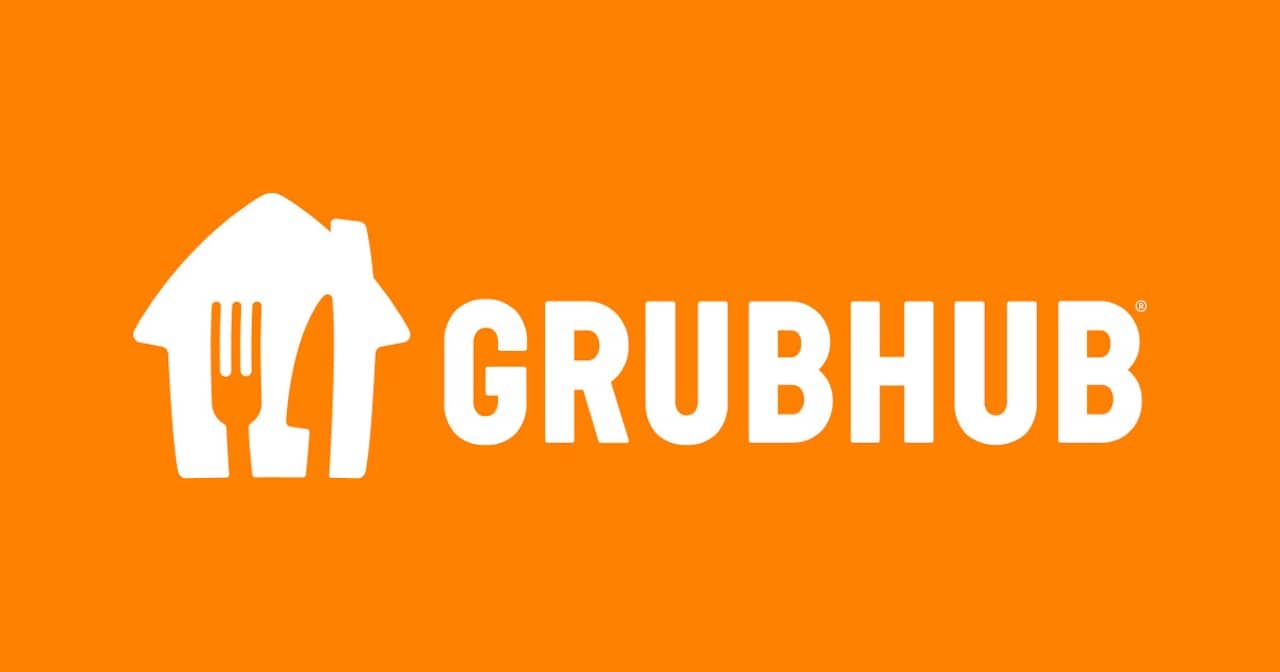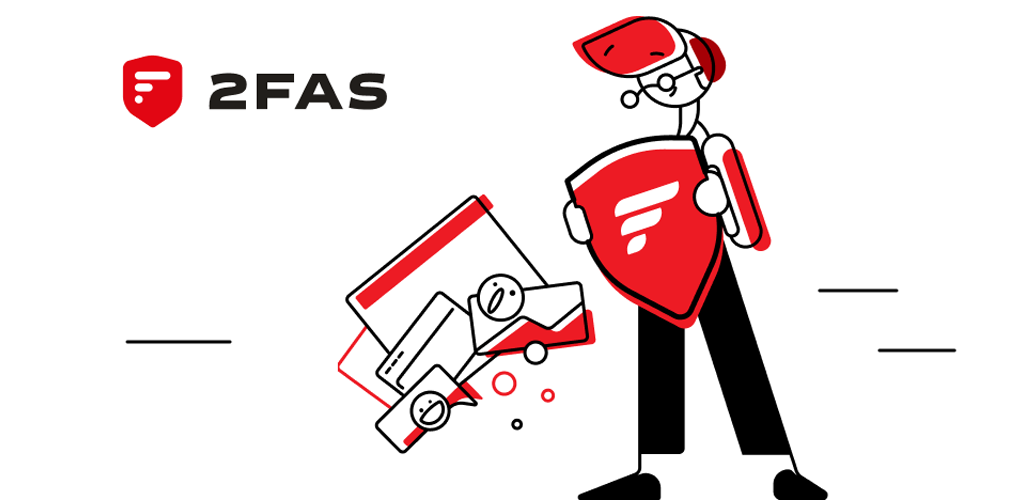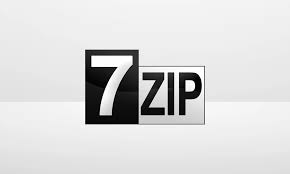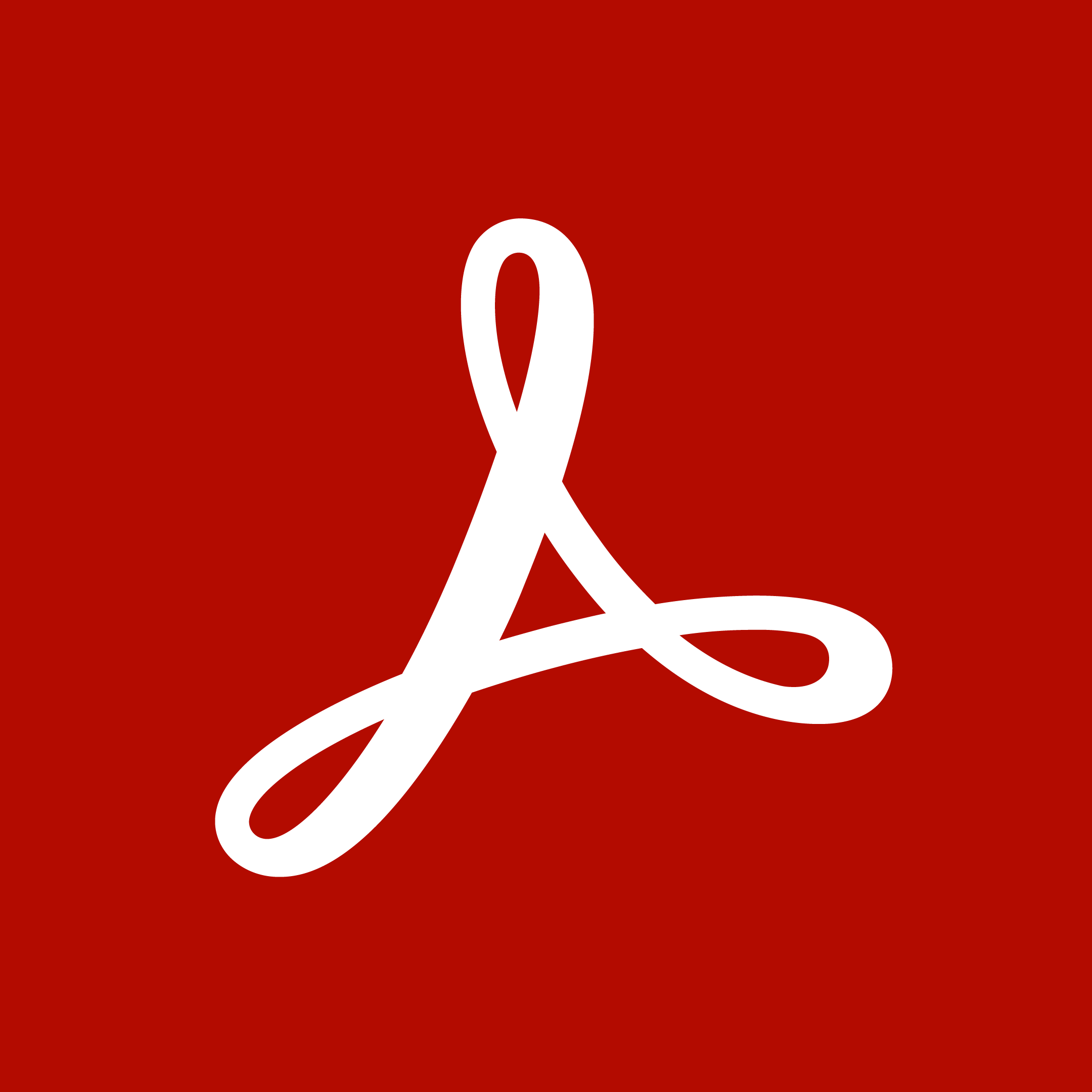Grubhub: On-Demand Food Delivery & Pickup From Local Restaurants
1. What Is It?
Grubhub is an online and mobile platform that connects diners with local restaurants, facilitating on-demand food delivery and pickup orders. Established in 2004, Grubhub has expanded to partner with thousands of eateries across the United States, offering menus, real-time order tracking, and specialized deals. In an increasingly busy world, it aims to streamline meal ordering, bridging restaurants’ kitchens with customers’ doorsteps via a convenient, digital experience.
Which Problem Does It Solve? Individuals pressed for time or seeking variety in dining options often rely on Grubhub to browse menus, customize orders, and pay digitally—avoiding the hassle of phone calls, in-person visits, or multiple different restaurant apps. From a MyDigitalFortress viewpoint, the trade-off is sharing location and personal data for convenience and aggregated dining choices.
2. Technical Foundations
Platform & Merchant Integrations
Grubhub’s backend connects with restaurant partners’ menus and inventory systems, maintaining real-time item availability and prices. Through the Grubhub website or mobile app, users can browse local restaurants, select menu items, and pay digitally. Delivery is handled either by Grubhub drivers (in many markets) or directly by the restaurant’s own delivery staff, depending on the partnership model.
Fees & Subscription Tiers
Beyond standard ordering, Grubhub offers Grubhub+, a subscription plan providing free delivery from select restaurants and exclusive perks for a monthly fee. Orders generally include service fees, delivery fees, and an optional tip for drivers—though some restaurants feature in-app menu prices higher than in-store, echoing industry norms for convenience-based markups.
Data Usage & Personalization
Grubhub gathers user data like address, previous orders, and payment details to streamline reordering and personalized restaurant suggestions. Their privacy policy details how order info is shared with restaurants, drivers, and occasionally 3rd parties for analytics or targeted promotions. Location data is used for estimating delivery times, presenting potential privacy implications for MyDigitalFortress users who prefer minimal data footprints.
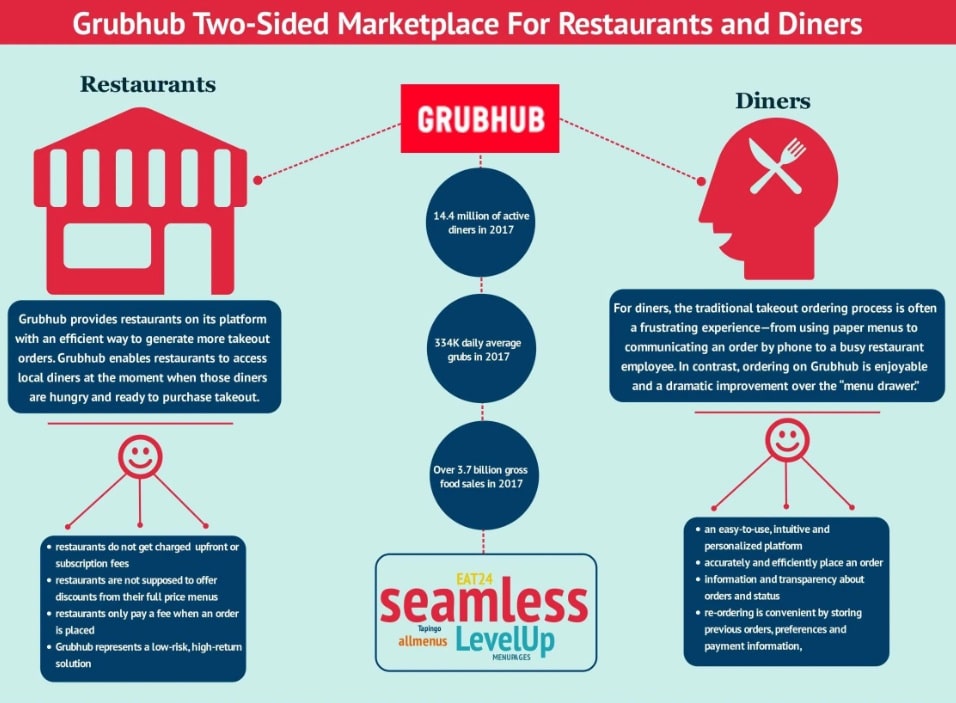
3. Who Is It For?
Grubhub appeals to anyone seeking quick meal access:
- Busy Professionals & Students: Tightly scheduled individuals who value food delivered without phone calls or in-store wait times.
- Urban Residents: Dense areas with many restaurant options typically see faster service and wider variety.
- Cost-Conscious Diners (with caution): Deals or loyalty perks exist, but fees can still inflate total costs.
- Those Wanting Broad Restaurant Choices: Grubhub often features mainstream chains, local hotspots, and niche eateries in one app.
Privacy advocates or data-sensitive users may weigh the trade-off of convenience vs. personal info collected. From a MyDigitalFortress perspective, understanding how Grubhub handles location, order habits, and payment details is key before fully embracing the platform.
4. Use Cases & Real-World Examples
- Lunch Break Orders: Office workers quickly arrange midday meals from favorite restaurants, saving time vs. physical pickups.
- Night-In Movie Snacks: Couples or families order takeout for cozy evenings, discovering new local spots recommended by the app.
- Group Orders & Shared Carts: Teams or roommates collectively pick items from multiple restaurants, pooling them into one consolidated delivery.
- Catering & Special Events: For small gatherings, Grubhub’s advanced scheduling can ensure delivery at a set time for bigger orders.
5. Pros & Cons
Pros
- Wide Network of Restaurants: Often includes both major chains and smaller local eateries.
- User-Friendly Ordering Process: Quick browsing, easy customization of meals, plus in-app payments.
- Promos & Loyalty Programs: Frequent discounts, free items, or Grubhub+ perks for regular users.
- Delivery or Pickup Flexibility: Choose no-contact delivery, curbside pickup, or scheduled orders.
Cons
- Additional Fees & Markups: Delivery, service fees, and sometimes higher item prices raise overall cost.
- Data Collection & Privacy Concerns: App tracks purchase history, addresses, and location, which might deter privacy-focused users.
- Inconsistent Delivery Experiences: Driver availability, restaurant prep times, and local conditions can vary widely in quality.
- Restaurant & Regional Limitations: Some neighborhoods may have fewer partners or experience slower delivery windows.
6. Getting Started
Thinking of trying Grubhub? Here’s a brief how-to:
- Sign Up or Log In: Go to Grubhub.com or download the app (iOS/Android). Create an account or sign in via email or third-party (Google, Facebook) if preferred.
- Enter Your Address: Let Grubhub find available restaurants. Check for free delivery deals or reduced fees in your area.
- Pick a Restaurant & Items: Browse menus, add items to your cart, customize (sauces, toppings, special instructions).
- Review Fees & Delivery Options: Decide on pickup or delivery, see final costs, and schedule your order time.
- Pay & Track: Provide payment details, confirm the tip, then watch real-time updates for prepping, driver en route, and arrival.
7. Conclusion & Next Steps
Grubhub’s platform simplifies food delivery and pickup across a variety of local restaurants, leveraging an intuitive interface and robust partnerships. Its appeal lies in the convenience of quick mealtime solutions—perfect for busy schedules or diversifying dining options.
From a MyDigitalFortress standpoint, consider potential privacy trade-offs: the app collects addresses, order histories, and device location to streamline logistics and personalized suggestions. If the convenience factor overrides these concerns, Grubhub can be a worthwhile addition to your on-demand lifestyle. However, cost-savvy or privacy-oriented diners might weigh other tactics, such as direct restaurant orders, local pickups, or smaller community-driven platforms that collect less data.
Ready to explore? Try a small order from a favorite local spot, compare fees, and observe how the app handles your location and personal data. If it meets your comfort threshold, Grubhub can serve as a flexible solution for modern dining demands—balancing the MyDigitalFortress principle of enhancing digital life while retaining awareness of data privacy.

